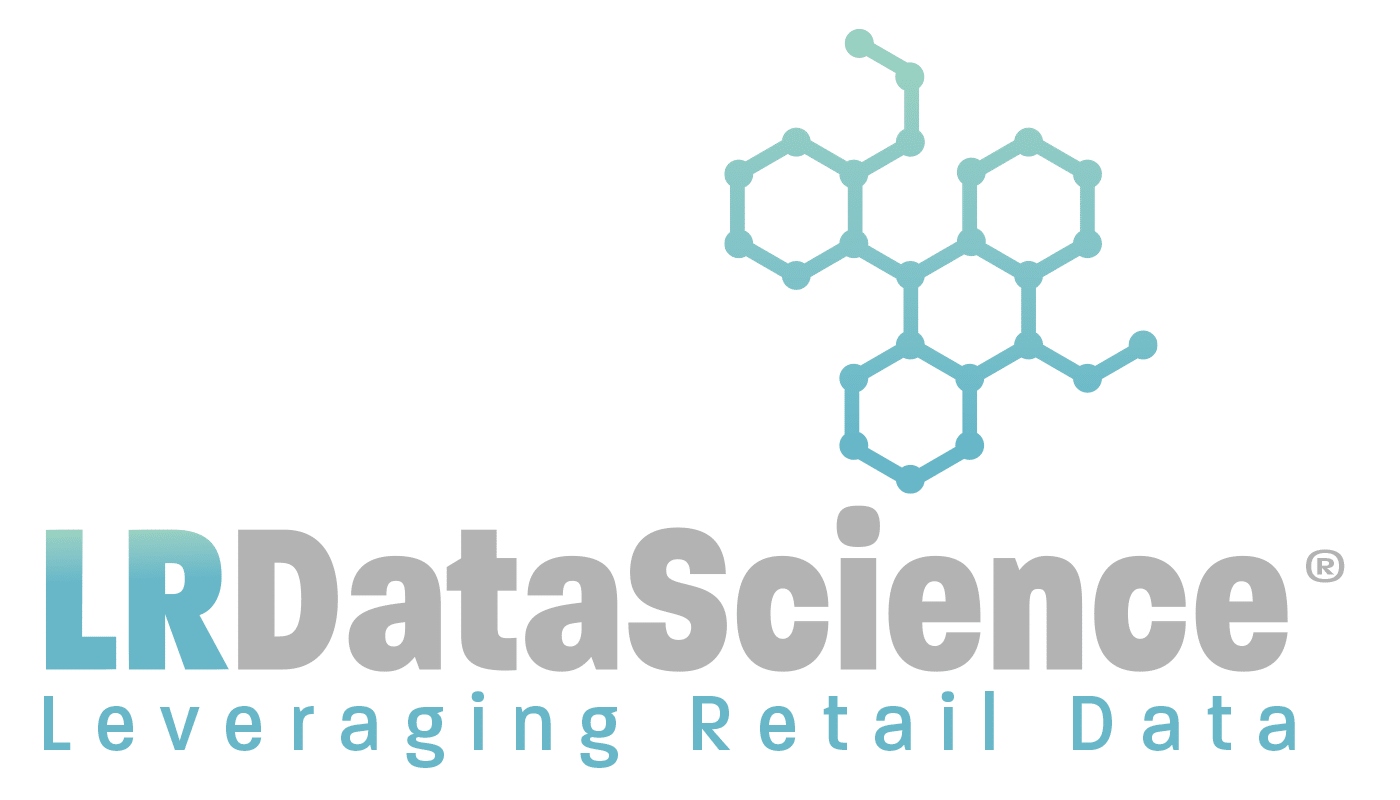Diversity and Inclusion
Diversity and inclusion (D&I) are critical components of any thriving workplace. They are not just buzzwords, but essential elements that contribute to the long-term success of an organization. By fostering an environment that welcomes people of all backgrounds, perspectives, and abilities, companies can create a more innovative, productive, and harmonious workspace. Moreover, a diverse and inclusive workplace encourages respect and understanding, leading to higher employee satisfaction and better collaboration.
In this article, we’ll explore why diversity and inclusion matter, the benefits they bring to the workplace, and how companies can actively promote these values.
1. What Is Diversity and Inclusion?
Diversity refers to the range of human differences, including but not limited to race, ethnicity, gender, sexual orientation, age, religion, disability, and socioeconomic background. A diverse workplace means that a company hires employees who come from various walks of life, contributing different ideas, perspectives, and experiences.
Inclusion, on the other hand, refers to creating an environment where all individuals feel valued and respected. It’s not enough to just have diverse employees; companies must actively ensure that every voice is heard, and that all employees are given the opportunities to contribute, develop, and advance.
When diversity and inclusion work hand in hand, they lead to more innovative problem-solving, enhanced creativity, and stronger team dynamics.
2. Why Diversity and Inclusion Matter
a. Increased Innovation and Creativity
A workplace that embraces diversity is better positioned to foster creativity and innovation. When individuals with different backgrounds and perspectives collaborate, they bring unique ideas and solutions to the table. This diversity of thought helps organizations remain adaptable and resilient, especially in industries that are rapidly evolving.
Research shows that diverse teams are more likely to outperform homogeneous teams because they are able to consider a broader range of viewpoints and potential solutions. This not only leads to better decision-making but also drives innovation within the company.
b. Improved Employee Engagement and Retention
Inclusion is vital to maintaining employee satisfaction and engagement. When employees feel valued and respected for who they are, they are more likely to be engaged in their work and stay committed to the organization. This sense of belonging encourages higher levels of productivity and loyalty, reducing turnover rates.
A lack of diversity and inclusion, however, can lead to dissatisfaction and alienation. If employees feel that their identities are marginalized or their contributions are undervalued, they may disengage or leave the organization entirely. For this reason, fostering an inclusive environment is key to attracting and retaining top talent.
c. Reflecting the Customer Base
For businesses that serve a diverse clientele, having a diverse workforce can help better understand and meet customer needs. Employees from various backgrounds can offer insights into the preferences, cultural norms, and challenges faced by different demographic groups, allowing companies to tailor their products or services more effectively.
Moreover, when customers see themselves represented in a company’s workforce, it builds trust and brand loyalty. It shows that the company values diversity and is committed to serving the needs of all customers, not just a select group.
3. How to Promote Diversity and Inclusion in the Workplace
Creating a diverse and inclusive workplace doesn’t happen overnight. It requires a thoughtful and sustained commitment from leadership, HR, and employees. Here are some strategies companies can use to promote D&I in the workplace:
a. Inclusive Hiring Practices
One of the first steps to building a diverse workforce is to ensure that hiring practices are inclusive. This includes writing job descriptions that appeal to a wide range of candidates, ensuring that interview panels are diverse, and reducing bias in the hiring process through structured interviews and blind resume reviews.
Companies should also actively recruit from underrepresented groups by reaching out to organizations and networks that support diversity. This can help widen the talent pool and ensure that all candidates, regardless of their background, have a fair chance at being considered.
b. Foster an Inclusive Culture
It’s not enough to simply hire diverse employees—companies must also work to create a culture where everyone feels included and respected. This can be done through diversity training, creating employee resource groups (ERGs), and encouraging open dialogue about inclusion in the workplace.
Leaders and managers should also set the tone by modeling inclusive behavior, such as actively seeking input from all team members, addressing biases or discriminatory behavior, and promoting equal opportunities for growth and development.
c. Address and Report Issues of Discrimination
Even in the most inclusive workplaces, instances of discrimination or exclusion can occur. It’s important that companies have clear processes in place for addressing these issues. Employees should feel comfortable reporting discriminatory behavior without fear of retaliation, and companies must take these claims seriously.
If you ever feel that you are facing discrimination in the workplace, it’s important to collect hard evidence to back your claim. This can include documenting specific incidents, keeping copies of emails or communications, and noting any witnesses to the behavior. Having this evidence is crucial when reporting the issue to HR or, if necessary, taking legal action.
Conclusion
Diversity and inclusion are not just moral imperatives—they are also business necessities. A diverse and inclusive workplace drives innovation, fosters employee engagement, and helps companies connect with a broader customer base. By committing to D&I and implementing inclusive practices, companies can create an environment where all employees thrive, leading to stronger organizational success.
It’s essential for businesses to go beyond just hiring diverse employees. True inclusion means ensuring that every voice is valued, respected, and given the opportunity to contribute to the company’s success. When diversity and inclusion are prioritized, everyone wins.
